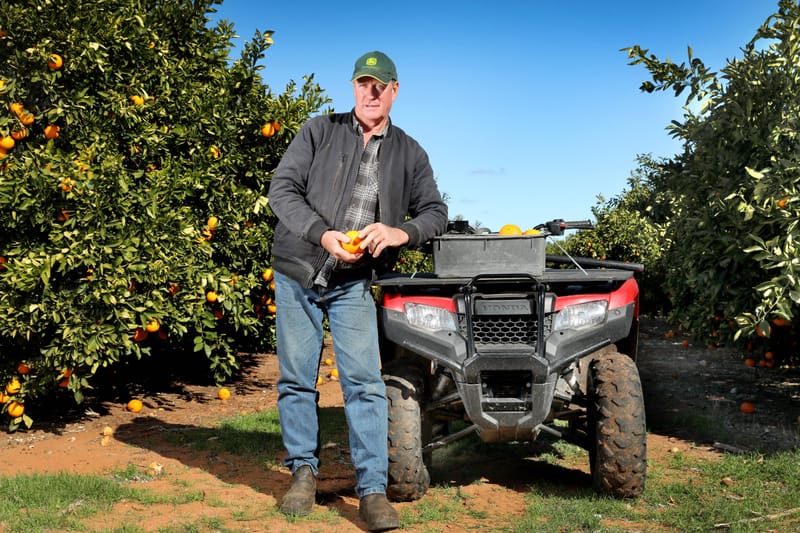Industry Expert: John Lush - Mallala canola farmer, Adelaide Plains councillor
The second of four industry expert updates from the autumn 2023 edition of SA Farmer. Mallala dryland farmer, John Lush, talks crops, wetter conditions, input costs and the use of genetically modified crops. Have you begun sowing crops this year? We...

The second of four industry expert updates from the autumn 2023 edition of SA Farmer. Mallala dryland farmer, John Lush, talks crops, wetter conditions, input costs and the use of genetically modified crops.
Have you begun sowing crops this year?
We started sowing canola (on April 13). One of the big parts of seeding is getting ready for it, and then once you get everything organised like chemicals, fertiliser, machinery and maintenance, the seeding of the crops is the easy bit.
If you’ve done all your preparations and have everything organised, then you can progress without having any hiccups and get the crop in on time.
There’s a saying from an American agronomist that 90 per cent of the yield is set by seeding. In other words, if you’ve got your preparation right, if you’ve done your soil testing and the fertiliser is there, your seed cleaned, inoculated and you’re sowing at the right depth, that preparation leads to 90 per cent of your success down the line.
Did recent wet conditions allow you to begin sowing earlier than 2022?
We were a bit later last year. We’re just putting in some early canola, then we’ll stop for a while before we sow wheat.
We’ve got enough moisture on top for a canola crop to come up with the rain forecast, so we can take a gamble on a couple of paddocks.
Are input costs still increasing?
The pricing structures for grain have been good, but on the other hand we’ve got record input costs as well.
We’re getting back to more sustainable levels with some of our prices (though), and the price of urea (fertiliser) has come off.
The cure for high prices is high prices. When things are extremely costly, you tend to pull back as much as you can and buy as little as you need, and that lessens demand and the price.
What has been key to the record value for SA grain crops recently?
It’s supply and demand, and a bit of uncertainty around the world. There’s the stuff going on between Russia and Ukraine, and maybe some crops weren’t as large as expected in some countries.
It doesn’t take much to change the balance of supply and demand. As soon as the market senses there might be a shortfall in a country, someone else has to make up for it.
Will you utilise more genetically modified (GM) varieties this year?
We’re not rushing headlong into GM. The current conventional varieties of canola we’ve got are performing really well. We had up to four tonnes per hectare last year, which is pretty amazing in this part of the world.
We’re really happy with the varieties we’re growing, but if we run into a problem we can’t deal with other than by using GM, then we’ll use GM.
As time goes by, I think we’ll start seeing more important qualities in some of the GM varieties… We’ll see things like frost tolerance, higher yields, more nutrition in the grain and more consumer benefits, which will drive prices.
When we talk about the world population increasing, then GM is one of the methods that might help us produce that amount of food.
I’m really looking for frost tolerance, drought tolerance, yield increases and crops that will survive better in our marginal rainfall areas delivered by GM technology.
Is it still difficult to obtain farming equipment?
There’s still a fair wait for equipment. You can get it, you’ve just got to be ordering a long way, like 12 months, ahead.
You can’t get things in a hurry, but if your planning is good enough, you can get it over time.





